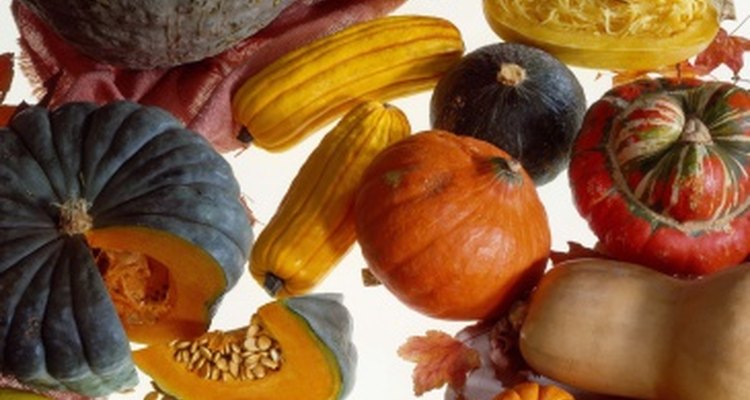
Winter squash comes in many varieties, shapes and colors. Two of the most popular varieties are acorn squash and butternut squash. Like other winter squashes, these varieties are low in calories and loaded with nutritional benefits. Although acorn and butternut squash are sometimes substituted for one another, there are also significant differences between them.
Availability
Both acorn and butternut squash are readily available in supermarkets and farmers markets. With proper care, it is also relative easy to grow them in a home garden. In the past, these varieties were prevalent in the cooler months and were thus categorized as winter squash. Modern farming practices and ease of transportation now allow consumers to purchase butternut and acorn squash year-round, although the peak season for butternut squash is still early fall through winter.
Appearance
Acorn squash are small, round and, as the name suggests, shaped like acorns. An average acorn squash weighs about 1 to 3 lbs. They have a thick, hard, dark green skin with prominent ridges along the length of the squash. Golden and multicolored varieties also exist, but are less common. Butternut squash are beige or pale orange and have an oblong shape with a bulbous end, similar to a vase or a bell. They typically weigh 2 to 5 lbs. each.
Flavor and Texture
The rind of an acorn squash is quite hard and can be difficult to cut. Inside, the center contains a lot of large seeds and stringy membranes. The yellow-orange flesh is sweet and slightly fibrous. Butternut squash has a very thin rind that can be easily removed with a vegetable peeler. At the center are large seeds and some fibrous flesh. The surrounding deep orange flesh is smooth with a sweet, nutty flavor that is likened to sweet potatoes or butterscotch. It is sweeter and more watery than acorn squash.
Uses
Acorn squash is popular for baking. Because the rind is thick and difficult to cut, it is easiest to cut the squash in half, remove the seeds and fibrous membranes and bake it with the rind on. Some soup, pasta, and rice recipes call for baked acorn squash, but its drier, more fibrous flesh doesn’t always work well for this type of cooking. The smooth, moist texture of butternut squash is well-suited for soups and stews. Roasted or baked butternut squash can also be added to risotto, pasta and baked dishes, or served as a side dish.
Related Articles

How to Cook Delicata Squash Cut in Half

How to Cook Buttercup Squash
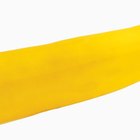
What Is Yellow Zucchini?
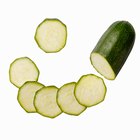
How to Cook Zuccini & Squash in a ...
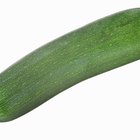
Calories in a Large Zucchini

How to Cook Papaya Pear Squash
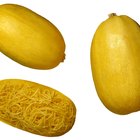
Butternut Squash vs. Spaghetti Squash

Can You Substitute Asian Eggplant for ...

How to Cook a Turban Squash
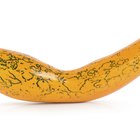
What Is the Difference Between Yellow ...

How to Prepare Peter Pan Squash
How to Grill Chayote Squash

The History of Butternut Squash
How to Dehydrate Okra

How to Broil Zucchini in the Oven

How to Julienne Jicama

How to Clean Squash

How to Tell if Baked Spaghetti Squash ...

How Fast Does Cooked Spaghetti Squash ...
How to Cook a Large Hubbard Squash
References
Writer Bio
Korey Egge Marquez has been a freelance writer since 1999, focusing on health, education and culture. Her work has been published in "TESOL Journal," Education.com and MacMillian English Dictionary. Marquez holds a Master of Arts in English from Portland State University and a Bachelor of Arts in international studies from the University of Oregon.
Photo Credits
Jupiterimages/Comstock/Getty Images